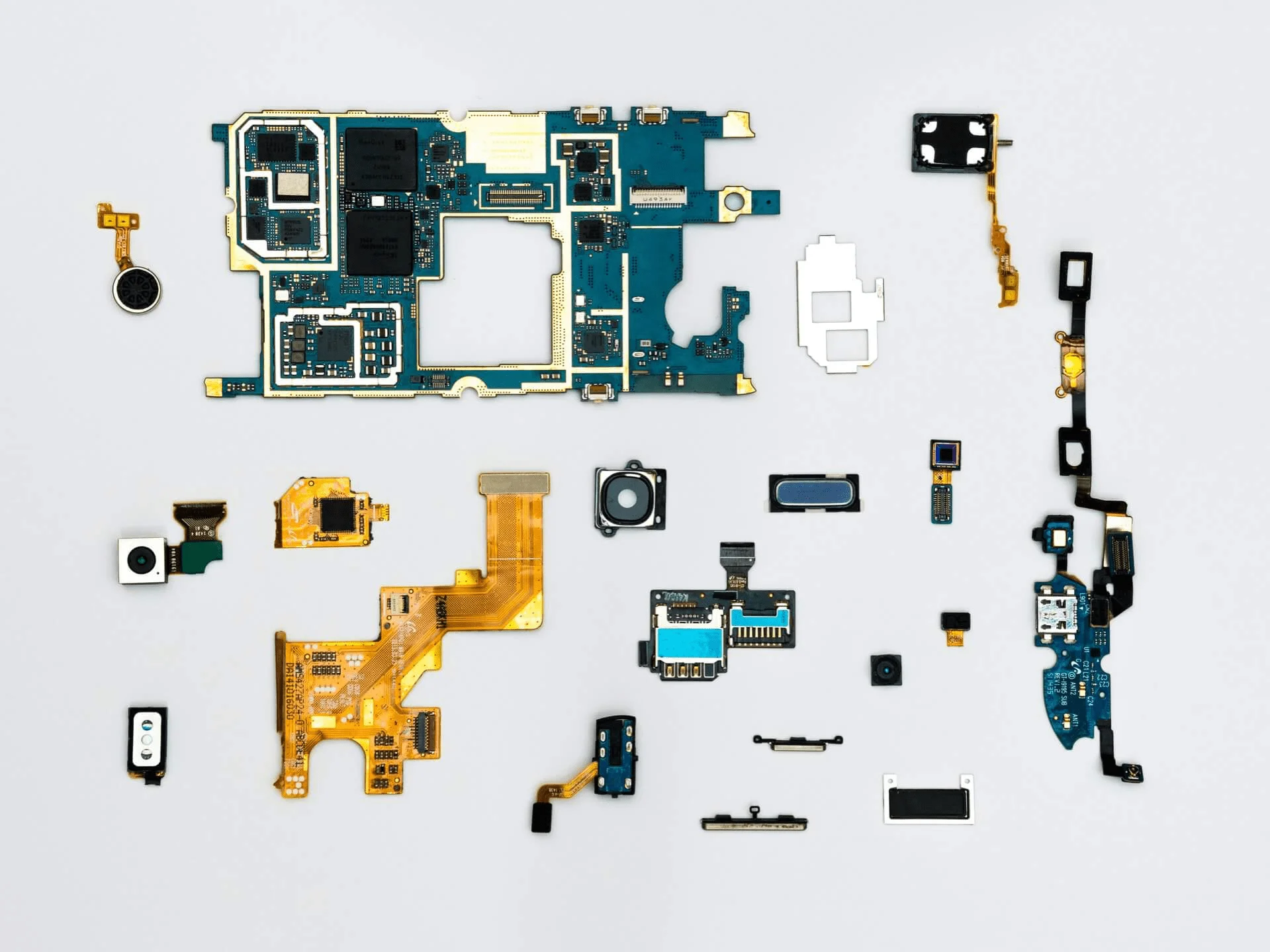Forget Big Data! Small Data might just be the thing your business needs to go big. At least if marketing guru Martin Lindstrom is to be believed. In his bestselling book “Small Data. The tiny clues that uncover huge trends” (2016), he argues that Small Data might just be as important as Big Data – if not more. Big Data might uncover big trends very fast, but it can be misleading – because it lacks an explanation, a reason why, that only Small Data can give.
Big Data vs Small Data
Today’s digital footprint is huge. From reading the news we read (or watch) to the things we buy, from google searches to social media posting: we constantly leave traces of what we do, how we are and what we like. Big Data takes these traces and tries to make sense out of it. Sometimes this process is pretty straight forward: Amazon’s “customers who bought this item also bought…” recommendation feature is based on affinity analysis, a technique basically comparing the shopping baskets of people and thus identifying similarities and trends. What this analysis does not tell, however, is the reason why: why does one person buy one book and not the other?
Big Data And The Story of Why

Every purchase we make, every trace we leave is part of a story… (Photo by cromary/stock.adobe.com)
Every purchase we make, every trace we leave is part of a story; a story that cannot be retrieved entirely by collecting data. Maybe the last item we bought on Amazon was a gift to someone with entirely different tastes; or maybe you (foolishly) handed over your account to your teenage son to buy a surprise gift for his new girlfriend – however good their data-mining, Amazon and Big Data will never know the real story behind your actions.
The Power of Small Data
In his book, Martin Lindstrom tells the story of how Lego discovered to power of what he calls Small Data: A couple of years ago, looking for an explanation for the massive decline of brick sales, Lego turned to Big Data which suggested the declining attention span of the instant-gratification-generation as culprit.
To tackle this problem, Lego created larger bricks and easy-to-build sets – only to look at declining sales again. In despair, they sent out a team of researchers to visit an 11-year old boy from Germany to find out what their customers really wanted. When asked to show them what he was most proud of in his room, the boy pointed to a pair of worn-down sneakers.

The boy pointed to a pair of worn-out sneakers… (Photo by eugenesergeev/stock.adobe.com)
He said:
“This is what I’m most proud of… This sneaker is the evidence that I’m the best skater in town. You see, when I’m skating, I slide down at an angle of twelve and a half degrees. That generates exactly that worn down sole you have on this sneaker. This is my evidence for me being number one in my city.” (Source: Forbes)
This answer made it very apparent that a short attention span was not the problem – it takes a lot of time and effort to become number one skater in a city. Rather, instant-gratification-kids wanted to be the masters of their passion. In response to this insight, Lego brought back the smaller bricks and - using storytelling techniques - made the sets all about “mastering a challenge”. Needless to say, Lego is the leading toy maker in the world today.
Small Data And Your Business
While Big Data is all about analyzing trends and statistics, small data is about individuals and emotion. It is about being present, about experiencing and observing your customers in person.

Gathering Small Data means experiencing the lives of your customers… (Photo by jackfrog/stock.adobe.com)
To do that, you need to identify your customers first: who buys your products, who hires you? Use your own business data, however small or big, to find your best customers - and those who abandoned you on the way.
Then you need to find out who they REALLY are: Go to their homes, experience their lives. Take your time and talk to them; find out what they love and what they need. Listen and observe - and then have the courage to challenge the statistical status quo with your new, individual insights - your small data. Granted, all of this takes time. But it will be worth it.
P.S. We can help you to save time – so can spend it on things that really matter. Like talking to your customers.
zistemo





